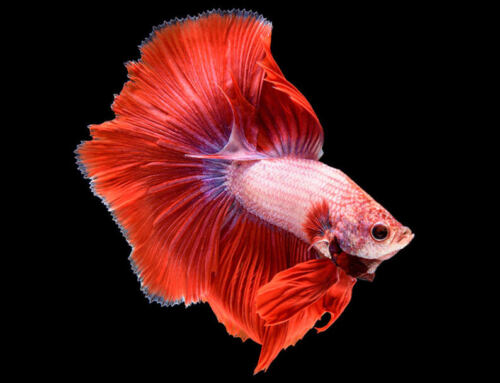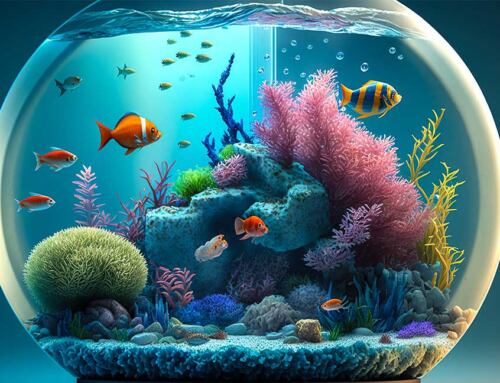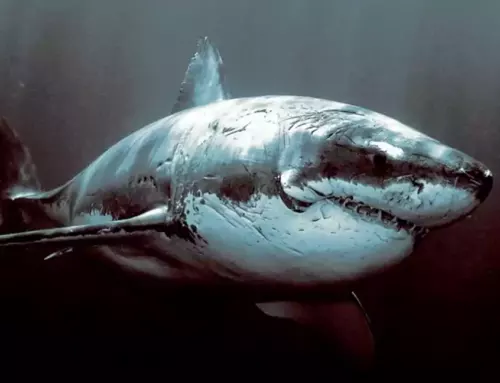Nothing beats being able to breed your own koi. This fun activity needs to be done in a certain way. When you know what to do, have the right tools, and have time, you’ll soon have a bunch of cute baby koi.
Breeding koi can be a very profitable business that takes a lot of work, but if you are a beginner, you can just enjoy the process. Here’s what you need to know as a first-time koi owner with a garden pond to keep your fish safe and happy during the breeding season and beyond.
Koi Fish Breeding Season: When Does It Start?

When the weather (or the tank) gets warmer, koi have more babies. It’s hard to say when the “season” is because the best conditions can be different from country to country, state to state, and even fish to fish. Most places start to koi fish breeding outside when the water warms up to about 68 degrees Fahrenheit. Find out when people in your area breed. If you know any people in your area who keep koi, they probably already know this.
- Pick fish that are in good health; the male should be at least three years old, and the ideal age range for a female is five to eight years (males have no age limit).
- Maintain a level of water one foot below the top of the breeding tank. The female, spawning brushes, and gear need to be added.
- Put her in conditions that are similar to what she’ll experience as the days start to get longer in the spring. This can be accomplished with the help of daylight if the space is well-lit or if the aquariums are placed in an outdoor area. Timers can be used to turn on and off artificial lighting as an option.
- The female will start looking for a nesting spot when she is ready (like the spawning mats). The next step is putting the male into the breeding tank and covering it with netting.
Koi Fish Breeding: What Happens During Breeding?
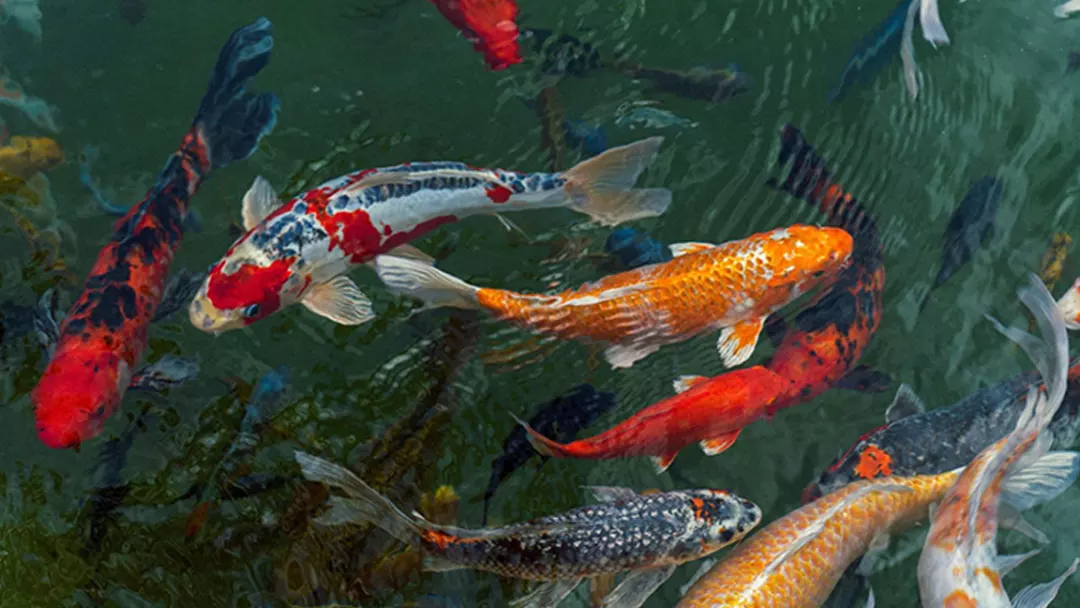
It takes a few hours for a koi to fall in love, so seasoned breeders usually pair off the male and female in the evening. The best time for spawning is typically early in the morning, just before sunrise. Keep hanging around to make sure he doesn’t get violent. While it’s natural for koi males to get rowdy during courtship, there are times when it becomes necessary to remove them to protect the females.
- The female sends out a pheromone to the male when she’s ready.
- He guides her toward potential breeding grounds.
- During the first stage of reproduction, the female lays her eggs and the male spits his sperm.
- This natural culling is very nourishing, and the parents then eat some of the eggs.
- This continues until the female no longer has any eggs to shed.
Take the male out of the picture now, before he gorges himself.
Koi Fish Lifespan: How Long Do They Live?

In the wild, a koi fish’s typical lifespan is between 15 and 20 years. On the other hand, their lifespan in captivity can range anywhere from 25 to 40 years. “There are some that can live up to 200 years,” said a speaker at the 2016 International Seminar on Application for Technology of Information and Communication.
In point of fact, the Koi Hanako was the world’s oldest koi fish that was ever documented. Koi Hanako was one of the oldest people to have ever lived, reaching the age of 226 before passing away on July 7, 1977. She was born in 1751.
Hanako was the oldest koi fish that had ever lived, and she also held the record for the oldest freshwater koi fish lifespan that had ever lived.
Koi Fish Feeding Food: What Do Koi Fish Eat
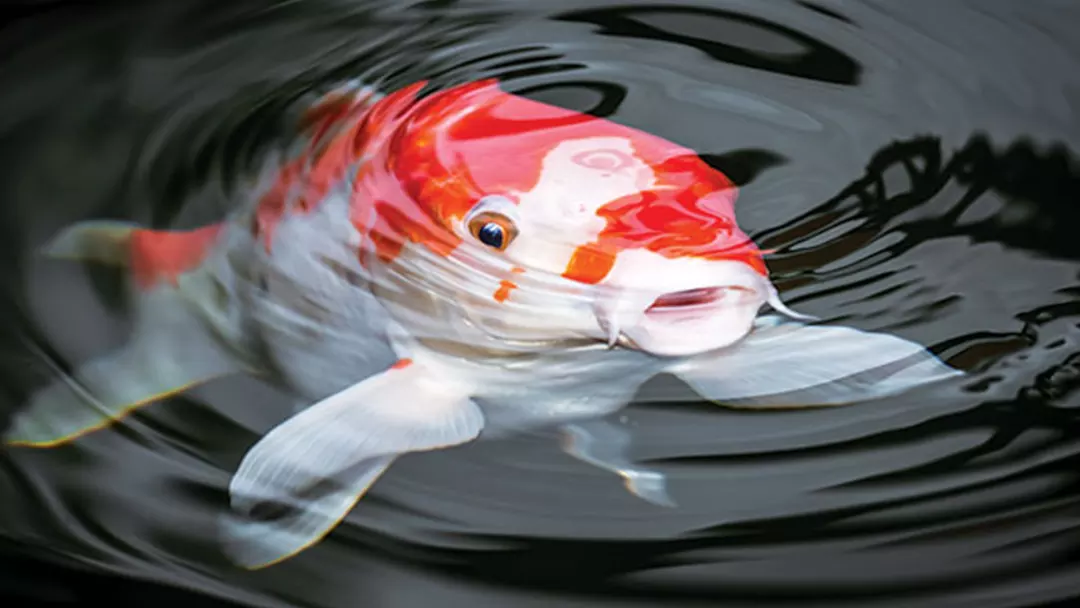
You can feed koi nearly everything humans can eat. This includes shrimp, fruits, vegetables, and anything with low carbohydrate content. Bread and similar foods are difficult for fish to digest. Additionally, you can feed them fish food pellets. Ensure that they are the correct size.
The best answer to the question “what do koi fish eat?” is premium food. Less-processed ingredients are preferable for pond fish food.
You must also provide a balanced diet for your koi, which can include the following foods:
Koi Fish Diet
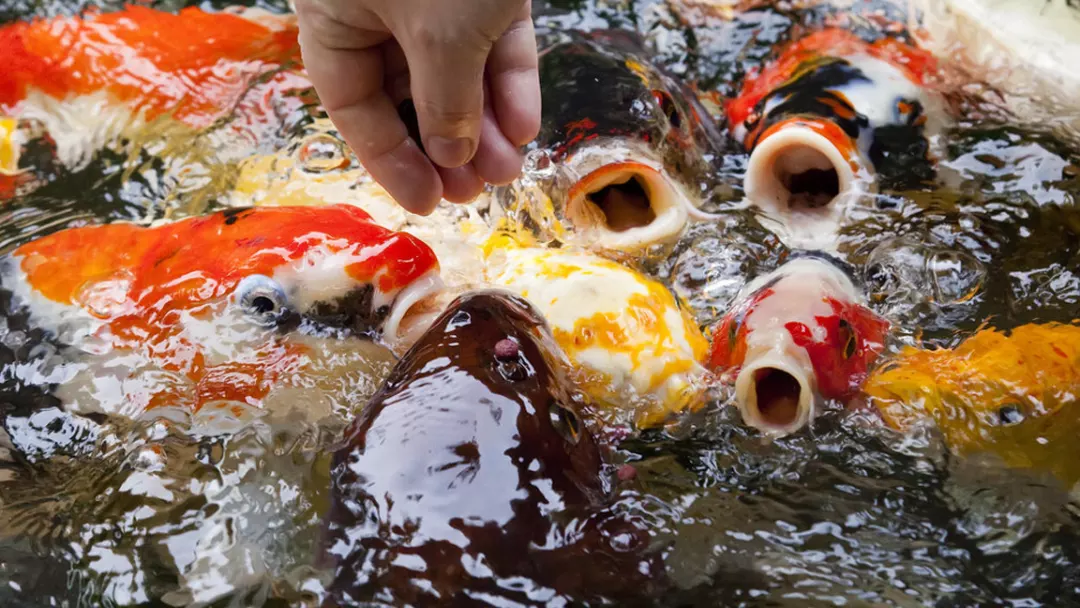
Small and juvenile koi prefer the smallest form of fish food, flakes. Koi of average size prefer pellets, while larger koi prefer koi food bars. Most contain an abundance of proteins, a small number of fats, and vital vitamins and nutrients. Insects such as worms, larvae, tadpoles, shrimp, and clams are also popular.
Wheat Bran
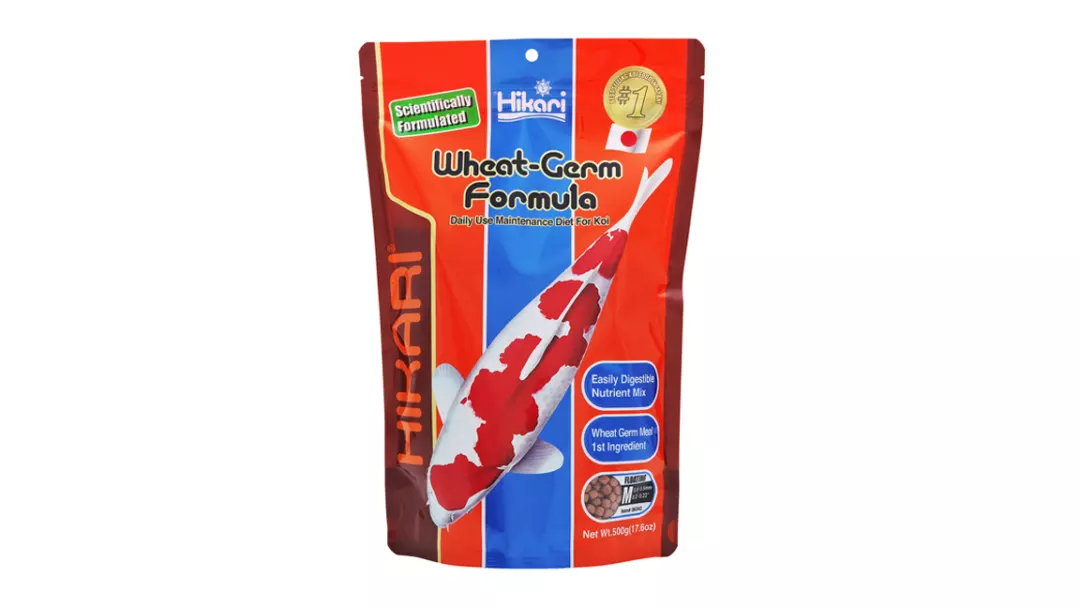
Not to worry; it’s not a dangerous germ. This portion of wheat sprouts and grows into a new plant; call it the wheat seed. Experiments indicate that this pond fish food can accelerate the growth of goldfish and koi. It is also a natural source of vitamin E, which improves blood circulation, increases oxygen and nutrient flow, promotes balanced growth, and aids in disease prevention.
This type of koi fish food offers the following additional benefits:
- Increased growth rate
- Better overall health
- Brighter color gradations
Improved digestion
Hi Silk 21
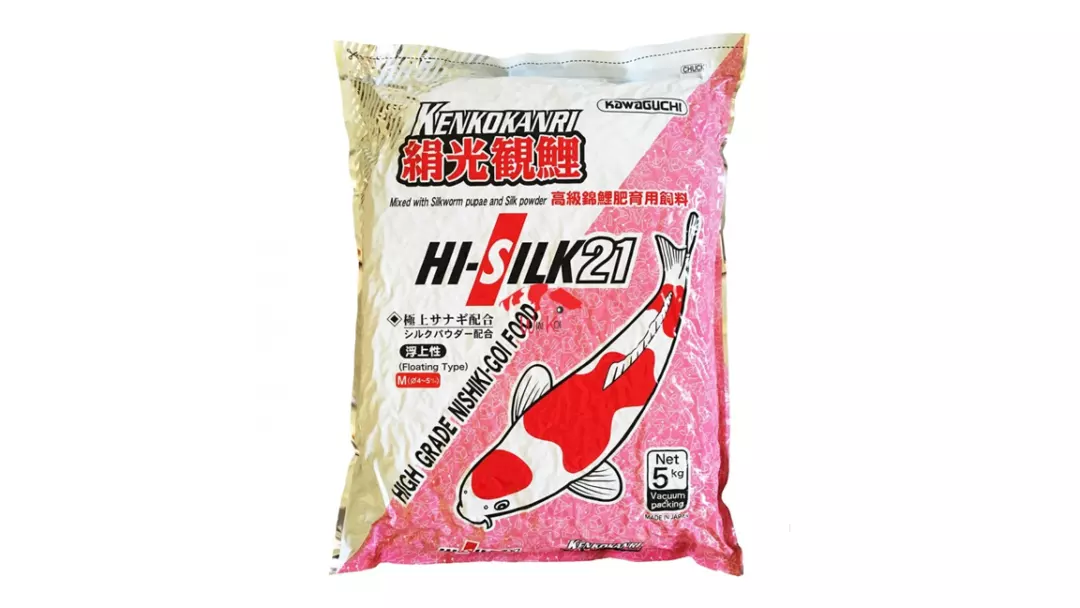
This is one of the top koi foods available. It is designed specifically to promote the growth and health of koi. Numerous champion koi, particularly Nishikigoi, consume this food because it makes their white scales shine brighter.
The following are the advantages of this type of koi fish food:
- High rate of growth
- More luminous white scales
Protein, vitamins, and minerals
Manda Fu
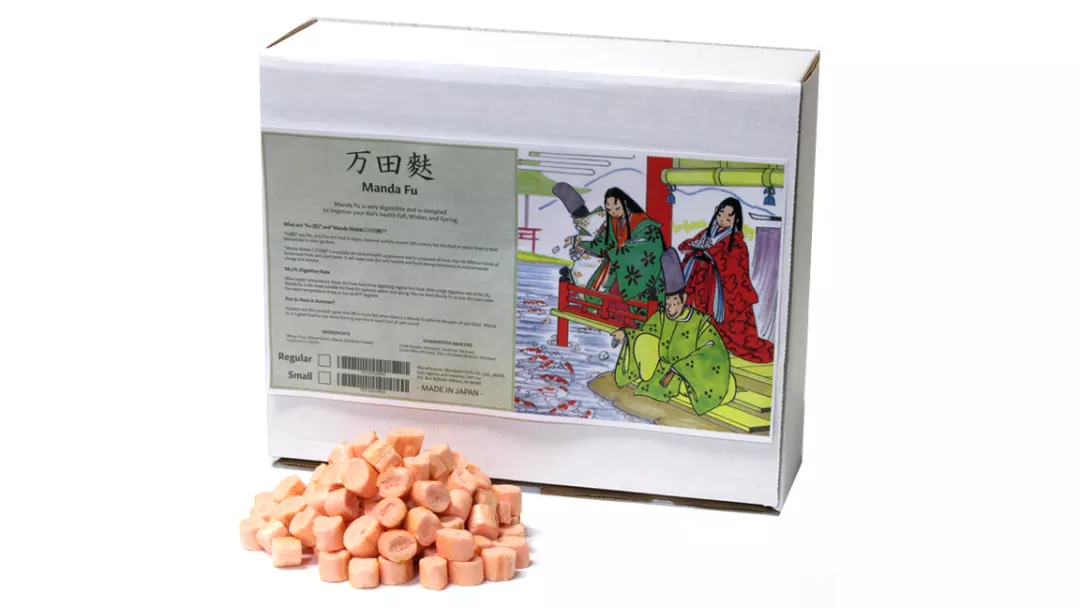
Manda Fu is a fermented treat made from high-quality fruits and plants that koi adore. Not only does it taste good, but it is also healthy for them. You can provide the following benefits to your koi by feeding them this type of koi fish food:
- Increased growth rate
- Brighter hues
- Improved overall health
Spirulina Algae
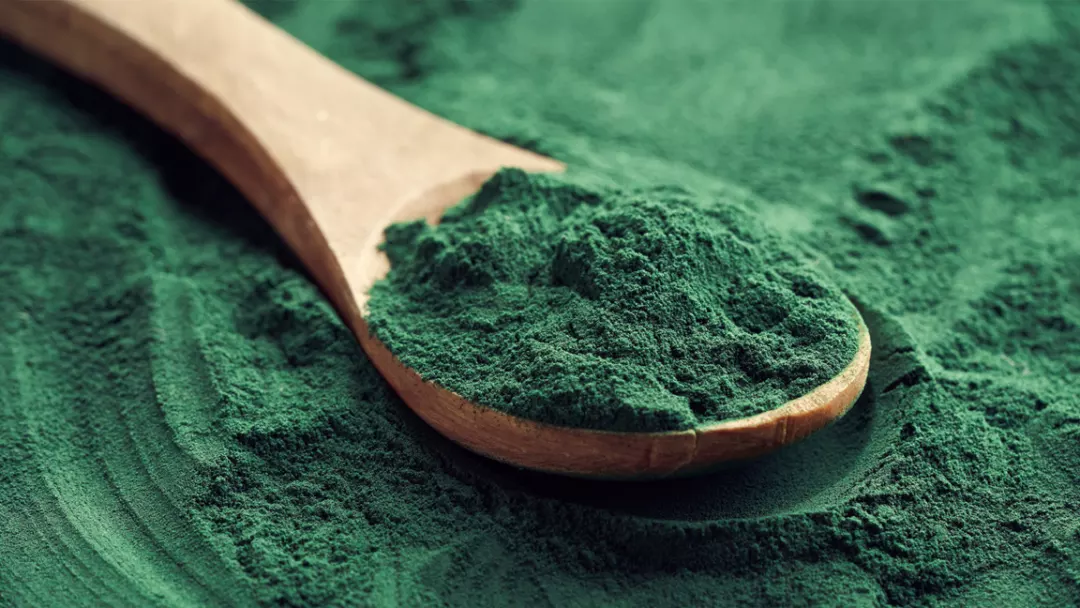
These tiny blue-green algae, also defined as a cyanobacterium, reach a maximum length of only 0.5 millimeters. This koi fish food is available in pellet form.
Koi fish consume algae for these reasons:
- Increased growth rate
- Improved digestion
- Boosted immune system
- Prevention of abdominal swelling
- Increased production of enzymes that convert fats into energy
- Due to the presence of carotene pigments in algae, produce more vibrant colors.

